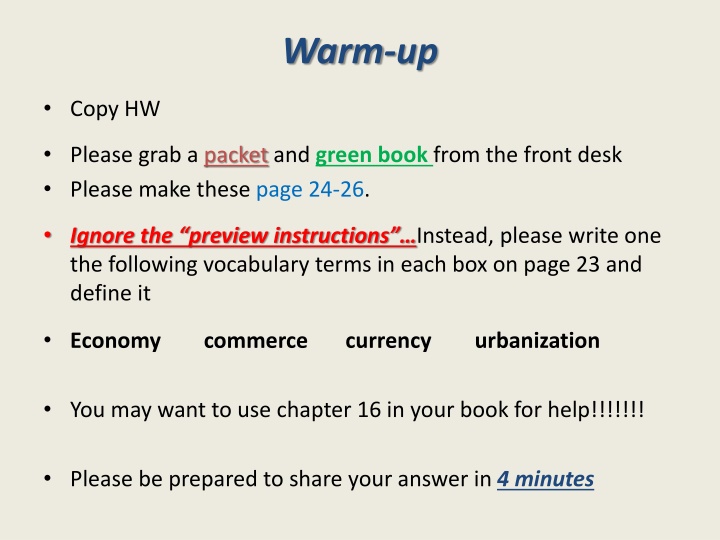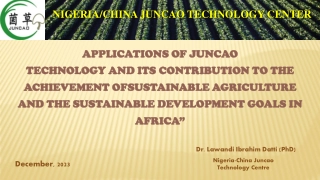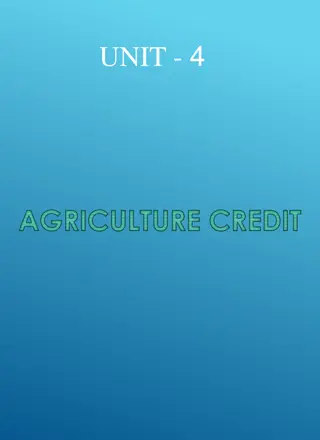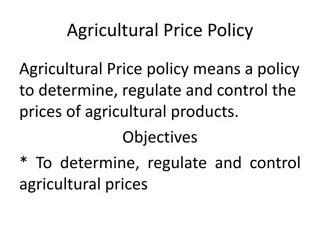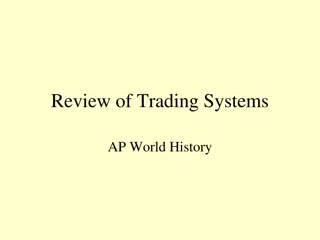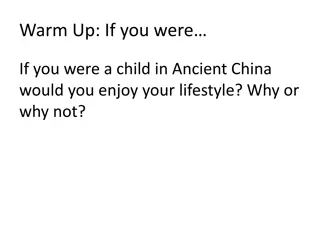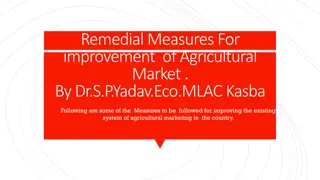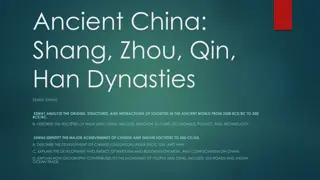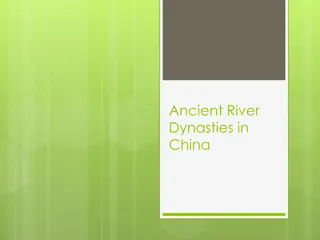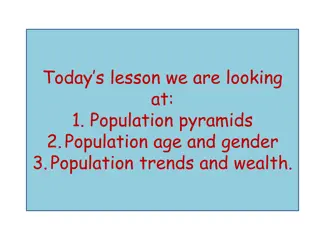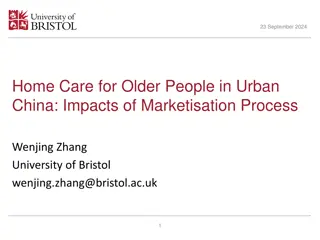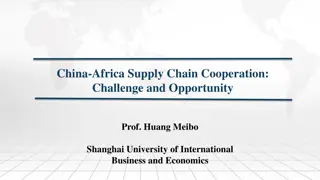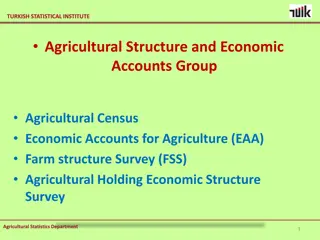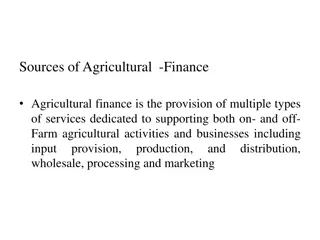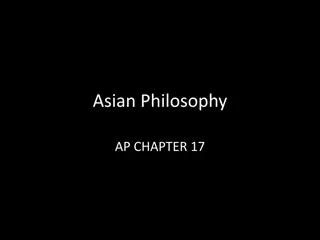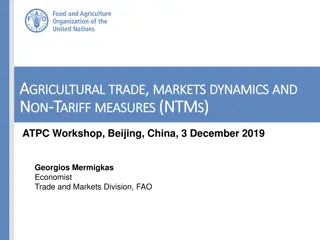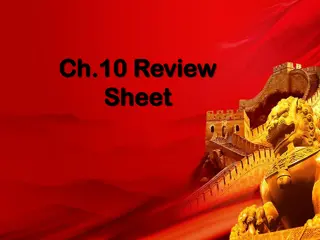Achievements in Agricultural and Commercial Development in Ancient China
Farmers in ancient China made significant advancements in agriculture, such as introducing new rice varieties and utilizing improved tools like plows. These innovations led to increased food production, allowing for population growth and the development of trade and commerce. The commerce sector flourished with improvements in navigation, leading to the growth of Chinese cities and a prosperous merchant class. Urbanization played a key role in these advancements, marking a pivotal era in China's economic history.
Download Presentation

Please find below an Image/Link to download the presentation.
The content on the website is provided AS IS for your information and personal use only. It may not be sold, licensed, or shared on other websites without obtaining consent from the author.If you encounter any issues during the download, it is possible that the publisher has removed the file from their server.
You are allowed to download the files provided on this website for personal or commercial use, subject to the condition that they are used lawfully. All files are the property of their respective owners.
The content on the website is provided AS IS for your information and personal use only. It may not be sold, licensed, or shared on other websites without obtaining consent from the author.
E N D
Presentation Transcript
Warm-up Copy HW Please grab a packet and green book from the front desk Please make these page 24-26. Ignore the preview instructions Instead, please write one the following vocabulary terms in each box on page 23 and define it Economy commerce currency urbanization You may want to use chapter 16 in your book for help!!!!!!! Please be prepared to share your answer in 4 minutes
Essential Questions How do societies stabilize in the face of adversity? How can societies use what they learn from the past?
Vocabulary Economy- a system of managing the wealth and resources of a community Commerce -the buying and selling of goods Currency- a form of money Urbanization- the growth of cities
Cause>Effect>Result cause effect result
Agriculture Farmers moved to the south, a good region for growing rice Improved plow and harrow were developed Farmers fertilized their crops. A new type of rice was introduced Crops were grown on terraced hillsides Chain pumps were used for irrigation Water buffaloes pulled plows Rice plants began to be grown in seedbeds Rice growing took a lot of work by many people rice was transplanted to paddies Cotton, sugar, tea, and mulberry trees were grown A new kind of fast-growing, drought-resistant rice was grown Improved plows and harrows were used. Increased food production: abundance of food helped support a larger population Peasants could take time away from farming to make products to sell or trade Rich landowners could buy luxury items These changes encouraged the growth of trade and commerce
Trade and Commerce Improvements in navigation The rich demanded more goods Many rivers and canals Paper currency helped trade Goods were moved along canals on barges Junks were used for trade with foreign countries Peasants sold surplus crops, animals, and goods they made at home Oxcarts and pack animals moved products along roads Small shops lined streets and bridges People used paper money and traded in copper coins at deposit shops Indigo, spices, silver, ivory, and coral were imported Growth of the merchant class Increased prosperity gave China the highest standard of living in the world Commercial centers grew into big cities
Urbanization Large landowners moved to cities because they preferred the shops and social life there. People came to the cities to trade as commerce increased Cities were crowded and exciting -many types of people lived in the cities Signs identified the many goods being sold there, such as silk Theaters and outdoor entertainers Urban women had less status than rural women Chinese cities were the largest in the world Restaurants, wine shops, and teahouses Vendors sold food from trays carried on their heads Vibrant centers of activity changed the way many ordinary Chinese lived Public works projects provided employment Artists gained a wealthy audience, encouraging the growth of arts and culture
Urbanization By 2025, China will build ten more New York- sized cities. China has 171 cities with over 1 million people The U.S. has 9
Activity Create an advertisement promoting the aspect of society (agriculture, commerce, or urbanization) you believe most improved the medieval Chinese economy. Your advertisement can be a poster, billboard, flyer, commercial, or any other medium used for advertising. It should meet the following requirements: 1. It should clearly state what aspect of society you believe most improved the Chinese economy. 2. It should contain a slogan and three ways in which that aspect of society improved th economy. 3. It should include an image or decorative art illustrating that aspect of medieval China. Please complete the GOOD DRAFT of your Advertisement for HW: Due Monday!
Closure Please define the following 4 terms on the back of page 25 economy commerce currency urbanization Economy- a system of managing the wealth and resources of a community Commerce- the buying and selling of goods Currency- a form of money Urbanization- the growth of cities
